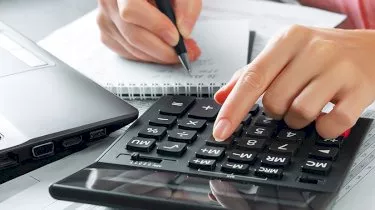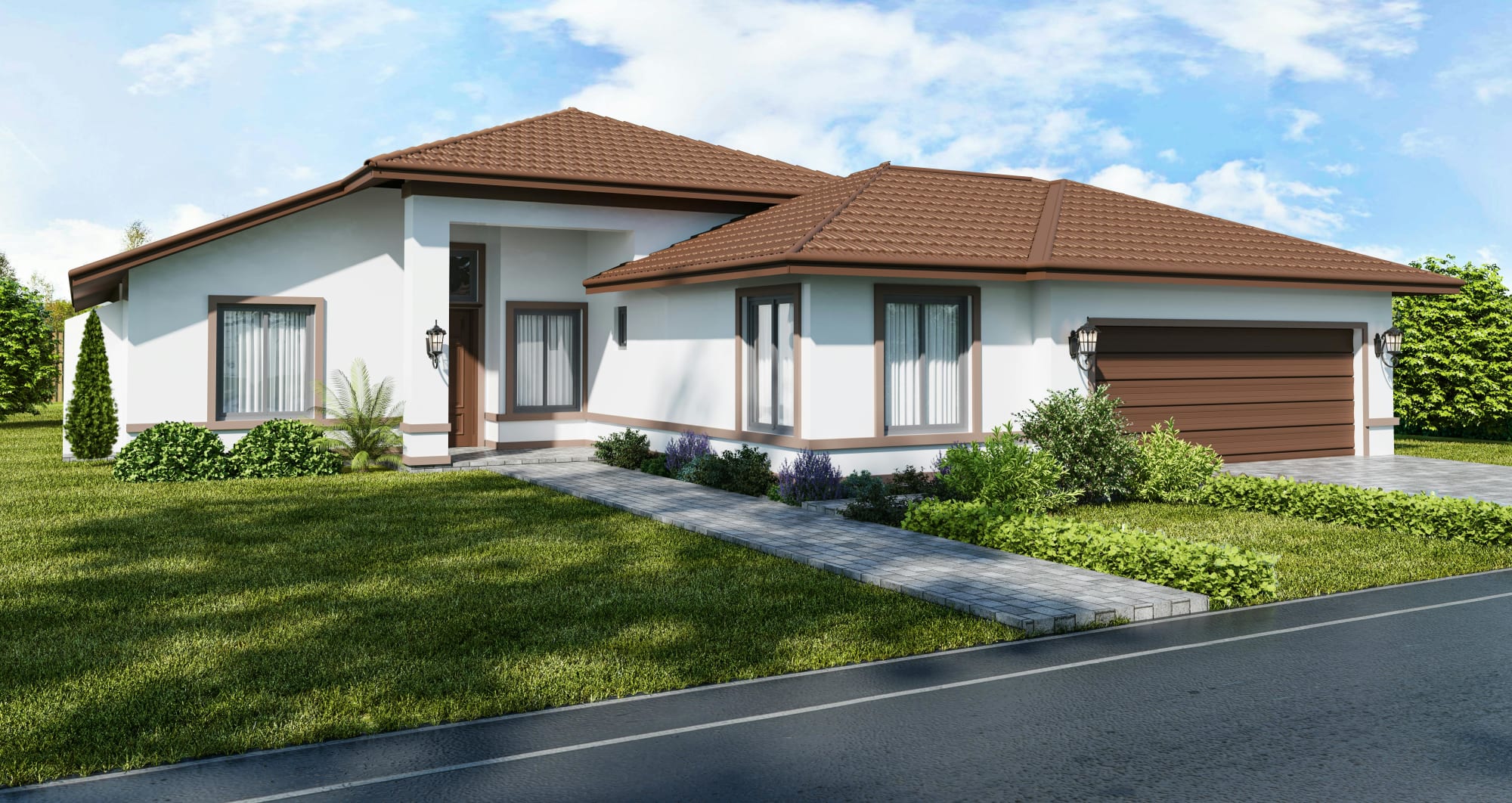Invest
How to calculate investment property return
As an investment property owner, knowing how to calculate your return on investment is important.
How to calculate investment property return
As an investment property owner, knowing how to calculate your return on investment is important.

One of the main reasons people choose to invest is to build their wealth.
Whether you are looking to retire early, diversify your portfolio or save up for a bigger financial venture, making money is usually the motivation behind all investments. Some people choose to invest in the stock market, while others put their bet on bonds or real estate.
Investing in real estate is popular among Australian investors due to the numerous opportunities in the country’s competitive and ever-changing property market. Investment properties, or properties purchased for the purpose of generating income, is one example of a real estate investment. Some people buy investment properties with the intent of selling them after a short period of time, while others choose to make money through rental income.
As an investment property owner, knowing how to calculate your return on investment (ROI) is important. Knowing how much money you made and what your ROI will be will make you a better investor and lower your risk.

But how do you calculate the return on investment when it comes to investment properties? And what kind of returns should you expect from your investment property?
What is ROI?
Return on investment measures how much money or profit is made on an investment. It is calculated by finding the ratio between the net profit and the cost of the investment. It shows the efficiency and effectiveness of an investment in generating profit.It also allows investors to evaluate whether putting money in a particular investment (in this case, investment property) is a wise decision or not.
For investment properties, your returns come from capital growth and rental yield.
The first source of your return on an investment property is capital growth, which refers to the appreciation of the value of the asset itself. If the asset’s value declines or if it is negatively geared, this can result in a negative return.
The second is rental yield. Rental yield refers to the income you receive annually from the tenants in your investment property. It is measured as a percentage of the value of the overall rental property. There are two different types of yield: the gross and net yield.
The gross yield is the annual rent as a percentage of the purchase price or value of a property. Meanwhile, the net yield is the income return on an investment after all expenses have been deducted. Costs such as management fees, maintenance costs, legal fees etc.
How do you calculate ROI?
Generally, property investors use a simple rate of return formula, which is:
ROI = (gain on investment – cost of investment) / cost of investment
To calculate the profit or gain from any investment, the first step is to take the total return on the investment and deduct the original cost of the investment. Since ROI is a profitability ratio, it measures the profit on an investment represented in percentage terms. So, the next step would be to take the net profit or net gain and then divide it by the original cost.
Take note that this is the basic return on investment formula and includes a lot of estimated figures. Keep in mind that there are a number of variables that come into play with investment properties that can affect ROI numbers.
How do I calculate ROI on rental or investment properties?
Getting a more accurate ROI percentage on a rental or investment property will involve a lot more number crunching. Make sure that you have correctly taken into account all your expenses before following these simple steps to get the return rate on your investment property:
- Calculate your annual rental income.
- Add up all your expenses, then subtract it from your annual rental income. This is your cash flow.
- Add your equity build to your cash flow. This is your net income.
- Divide your net income by your total investment to get your rental property return on investment.
- Multiply it by 100 to get your ROI percentage rate.
Remember that if you have taken out a loan to finance your investment property, the interest rate on your mortgage is not usually included when using this formula.
Conclusion
Knowing the ROI for your investment property will allow you to become a more informed market player. If at any point, you come at the conclusion that your costs and expenses will exceed your ROI, you may have to make a decision about whether you want to continue with the venture and be optimistic that you’ll make a profit – or sell so you don’t lose on your investment property.
Explore nestegg to learn more about investment properties.

Property
Gen Z's secret weapon: Why their homebuying spree could flip Australia's housing market
A surprising share of younger Australians are preparing to buy despite affordability headwinds. One in three Gen Z Australians intend to purchase within a few years and 32 per cent say escaping rent ...Read more

Property
Tasmania’s pet-positive pivot: What landlords, BTR operators and insurers need to do now
Tasmania will soon require landlords to allow pets unless they can prove a valid reason to refuse. This is more than a tenancy tweak; it is a structural signal that the balance of power in rental ...Read more

Property
NSW underquoting crackdown: the compliance reset creating both cost and competitive edge
NSW is moving to sharply increase penalties for misleading price guides, including fines linked to agent commissions and maximum penalties up to $110,000. Behind the headlines sits a more ...Read more

Property
ANZ’s mortgage growth, profit slump: why volume without margin won’t pay the dividends
ANZ lifted home-lending volumes, yet profits fell under the weight of regulatory and restructuring costs—an object lesson in the futility of growth that doesn’t convert to margin and productivityRead more

Property
Rate pause, busy summer: where smart capital wins in Australia’s property market
With the Reserve Bank holding rates steady, the summer selling season arrives with rare predictability. Liquidity will lift, serviceability stops getting worse, and sentiment stabilises. The ...Read more

Property
The 2026 Suburb Thesis: A case study in turning trend lists into investable strategy
A new crop of ‘suburbs to watch’ is hitting headlines, but translating shortlist hype into bottom-line results requires more than a map and a mood. This case study shows how a disciplined, data-led ...Read more

Property
From signals to settlements: A case study in turning property insight into investable action
Investor confidence is rebuilding, first-home buyers are edging back, and governments are pushing supply — yet most property players still struggle to convert signals into decisive movesRead more

Property
Australia’s rental choke point: why record-low vacancies are now a boardroom issue
A tightening rental market is no longer just a housing story—it’s a macro risk, a labour challenge and a strategic opening for capital. With vacancies near historic lows and rents still rising, ...Read more

Property
Gen Z's secret weapon: Why their homebuying spree could flip Australia's housing market
A surprising share of younger Australians are preparing to buy despite affordability headwinds. One in three Gen Z Australians intend to purchase within a few years and 32 per cent say escaping rent ...Read more

Property
Tasmania’s pet-positive pivot: What landlords, BTR operators and insurers need to do now
Tasmania will soon require landlords to allow pets unless they can prove a valid reason to refuse. This is more than a tenancy tweak; it is a structural signal that the balance of power in rental ...Read more

Property
NSW underquoting crackdown: the compliance reset creating both cost and competitive edge
NSW is moving to sharply increase penalties for misleading price guides, including fines linked to agent commissions and maximum penalties up to $110,000. Behind the headlines sits a more ...Read more

Property
ANZ’s mortgage growth, profit slump: why volume without margin won’t pay the dividends
ANZ lifted home-lending volumes, yet profits fell under the weight of regulatory and restructuring costs—an object lesson in the futility of growth that doesn’t convert to margin and productivityRead more

Property
Rate pause, busy summer: where smart capital wins in Australia’s property market
With the Reserve Bank holding rates steady, the summer selling season arrives with rare predictability. Liquidity will lift, serviceability stops getting worse, and sentiment stabilises. The ...Read more

Property
The 2026 Suburb Thesis: A case study in turning trend lists into investable strategy
A new crop of ‘suburbs to watch’ is hitting headlines, but translating shortlist hype into bottom-line results requires more than a map and a mood. This case study shows how a disciplined, data-led ...Read more

Property
From signals to settlements: A case study in turning property insight into investable action
Investor confidence is rebuilding, first-home buyers are edging back, and governments are pushing supply — yet most property players still struggle to convert signals into decisive movesRead more

Property
Australia’s rental choke point: why record-low vacancies are now a boardroom issue
A tightening rental market is no longer just a housing story—it’s a macro risk, a labour challenge and a strategic opening for capital. With vacancies near historic lows and rents still rising, ...Read more








